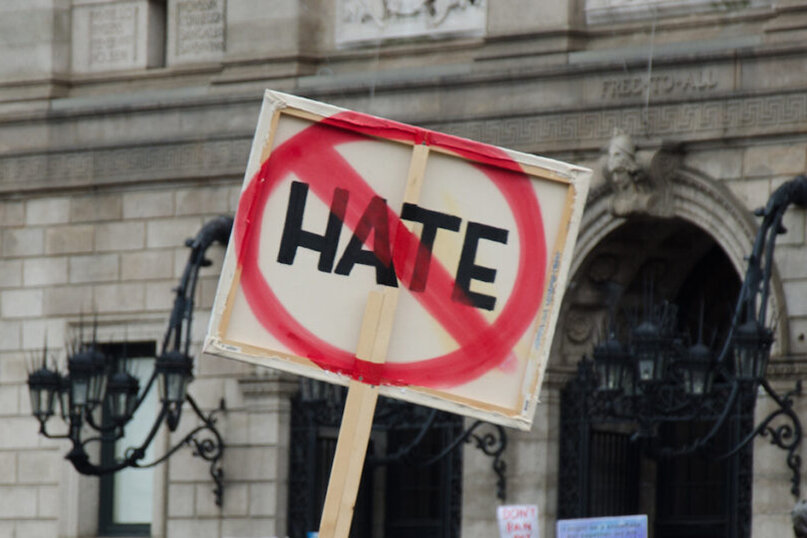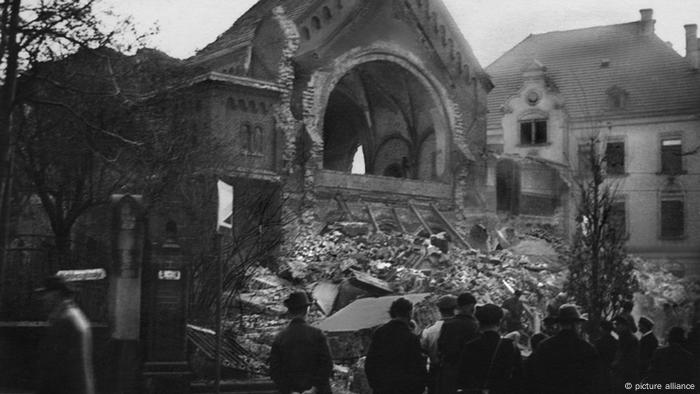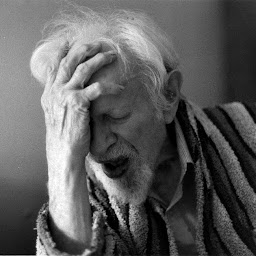Adding onto the previous learning that we have completed. Following onto the quotes from Adolf Hitler, we look at how spread the anti-semitic views were. Anti-Semitism was exponentially severe, as "laws" were put in place to separate the "Jewish" from the supposed real "Germans". We were given this task, to answer several questions in relation to the "Nuremberg Laws" passed in 1935. The following is the adapted article followed by the questions and answers.
THE NUREMBERG LAWS
At their annual party rally held in Nuremberg in September 1935, the Nazi leaders announced new laws based on many of the racial theories common in Nazi beliefs. These "Nuremberg Laws" excluded German Jews from Reich citizenship and prohibited them from marrying or having sexual relations with persons of "German or German-related blood." Additional regulations to these laws deprived them of most political rights. Jews were disenfranchised (that is, they had no right to vote) and could not hold public office.
The Nuremberg Laws did not identify a "Jew" as someone with particular religious beliefs. Instead, the first amendment to the Nuremberg Laws defined anyone who had three or four Jewish grandparents as a Jew, regardless of whether that individual recognized himself or herself as a Jew or belonged to the Jewish religious community. Many Germans who had not practised Judaism (the Jewish religion) or who had not done so for years found themselves caught in the grip of Nazi terror. Even people with Jewish grandparents who had converted to Christianity could be defined as Jews.
The Nuremberg Laws of 1935 were the start of a new wave of anti-Semitic laws that brought about immediate segregation: Jewish patients were no longer admitted to municipal hospitals in Düsseldorf, German court judges could not refer to legal commentaries or opinions written by Jewish authors, Jewish officers were expelled from the army, and Jewish university students were not allowed to sit for doctoral exams.
Other regulations reinforced the message that Jews were outsiders in Germany; for example, in December 1935, the Reich Propaganda Ministry issued a decree forbidding Jewish soldiers to be named among the dead in World War I memorials.
Adapted from http://www.ushmm.org/wlc/en/article.php?ModuleId=10005681
Provide two examples of ways in which the Nuremberg laws affected the rights of German Jews. --- Rights to freedom has been forcefully taken away, many parts of the human rights[practised today] were not in place. One of such examples includes, Article 16 [simplified] You have the right to marry and to raise a family. Men and women have the same rights when they are married and when they are separated. Men and women of full age, without any limitation due to race, nationality or religion, have the right to marry and to found a family. They are entitled to equal rights as to marriage, during marriage and at its dissolution--. The laws dictated to Nuremberg contradicts this “Freedom of Love” per se. This distinction is further affected by not abiding by Article 7 [simplified] You have the right to be treated by the law in the same way as everyone else. Everyone has a right to protection against violations of their human rights.-- All are equal before the law and are entitled without any discrimination to equal protection of the law. All are entitled to equal protection against any discrimination in violation of this Declaration and against any incitement to such discrimination. Those in themselves are great oppression against basic human rights.
What other actions were taken that discriminated against Jews in Germany? (Remembering)
Jews were not allowed to vote-- they were stripped of their privileges to political rights. Discriminated not only for their beliefs and practices but merely their relation to Jews; as far back as 3 or four Jew grandparents, individuals were prosecuted and were defined as Jews. The severity would only become greater as even those ‘grandparents’ had converted to Christianity it wasn’t an exception. Hence, many who have not practised Judaism for many years as well as those who did not at all were caught within the Nazi’s grasps.
Why do you think that the Nazis passed these laws? (Understanding)
It was negative propaganda that blames Germany's mistakes and wrong actions to people who have already been discriminated against throughout history. It was adding fuel to fire, as in that era WWI was lost by the Germans and were suffering severely. Adolf Hitler had very strong beliefs about pure-blooded Germans, and the race is superior to others. ‘Aryan Race’--pure blooded Germans-- considered the Jewish race as the lowest form of a human, classifying them as ‘non-Germans.’
If a New Zealand government passed a law that provided for different treatment of a named racial group in New Zealand, what do you think the reaction of most New Zealand people would be? Why do you think this might be the case? (Applying)
The simple thought of the action would cause an uproar, great dissension to the passed law would occur; such as what has happened to the protest about human rights-- “Black Lives Matter” and “Stop Asian Hate” in the previous year. However, I would think that it would be on a far greater scale.
Do you think these Nuremberg laws were racist? Explain your point of view. (Evaluating)
The fact of the matter is it was undoubtedly racist, it wasn’t hidden nor it was implied that they had planned to hide it. The statement and thoughts behind their purpose were clear and evident that they were separating races--cultures-- through the passed laws. The laws of “equality” were biased and antisemitic.


























